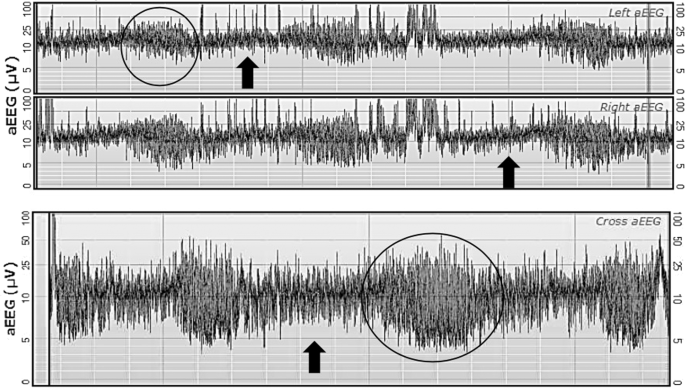Cannabis, which contains several active compounds, including tetrahydrocannabinol (THC) and cannabidiol (CBD), can have various effects on the electroencephalogram (EEG), which measures the electrical activity of the brain. The effects of cannabis on EEG are complex and can depend on several factors, including the specific cannabinoids present, the dosage, the method of administration, and the individual’s tolerance and sensitivity to cannabis.

- Delta and theta wave activity: Cannabis use has been found to increase delta and theta wave activity in the EEG. Delta waves are associated with deep sleep and unconsciousness, while theta waves are linked to relaxation and drowsiness. The increase in these slow-wave activities may contribute to the sedative and calming effects of cannabis.
- Alpha wave activity: Cannabis use has been shown to decrease alpha wave activity in the EEG. Alpha waves are associated with wakeful relaxation and a calm mental state. The suppression of alpha waves may partly explain the impairments in attention and concentration often associated with cannabis use.
- Beta wave activity: The effects of cannabis on beta wave activity in the EEG are inconsistent and can vary depending on the specific circumstances. In some studies, cannabis has been found to increase beta wave activity, which is associated with alertness and focused attention. However, other studies have reported a decrease in beta wave activity. The variability of these findings suggests that cannabis’s effects on beta waves may be influenced by factors such as dosage and individual differences.
- Spike-and-wave patterns: High doses of THC, particularly in susceptible individuals, can induce spike-and-wave patterns on the EEG. These patterns are abnormal electrical discharges that are characteristic of certain seizure disorders. However, it is important to note that this is a relatively rare occurrence and not a typical effect of cannabis use.
- Interictal epileptiform discharges: Some studies have suggested that cannabis use may increase the occurrence of interictal epileptiform discharges (IEDs) in the EEG of individuals with epilepsy. IEDs are abnormal electrical discharges that occur between seizures and can be an indicator of increased seizure risk. However, more research is needed to fully understand the relationship between cannabis use and epilepsy.
It’s important to note that the effects of cannabis on EEG can vary widely between individuals and may be influenced by factors such as the specific strain of cannabis, THC:CBD ratio, and individual differences in brain chemistry. Additionally, the acute effects of cannabis on EEG may differ from the long-term effects associated with chronic cannabis use. If you have specific concerns about cannabis use and EEG, it is recommended to consult with a medical professional or a neurologist.



